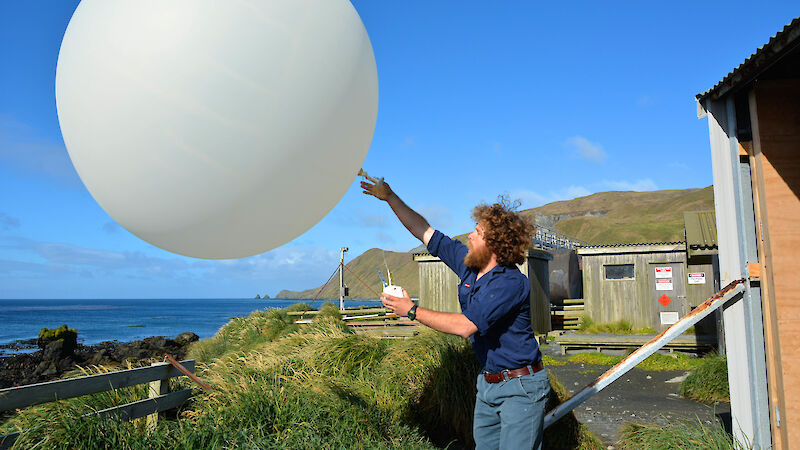It was long thought that this stable part of the atmosphere had little influence on the weather systems that occurred below it in the troposphere. It was even ignored in early weather forecast models. But it is now clear that what happens in the stratosphere, does not stay in the stratosphere. For example, the strong winds that flow around the Antarctic stratosphere above the coast in winter and spring can be disturbed.
This has happened gradually with the destruction of ozone and the resulting ozone hole. The result has been that the winds are now stronger than they were before the ozone-hole era. Disturbance can also happen quickly with a ‘Sudden Stratospheric Warming’ or SSW, where the air at the pole is mixed with warmer air from closer to the equator when the airflow around the pole is disrupted. These are rare in the southern hemisphere but occur regularly in the northern hemisphere.
Scientists have compared aspects of the airflow in the stratosphere and troposphere between when the polar vortex is undisturbed and disturbed. They find that a month or two after changes in the stratospheric circulation occur, the tropospheric circulation is altered as well. Our weather and climate has a dependence on the stratosphere.
The discovery of links between the stratosphere and our climate has been helpful through the concept of ‘stratospheric memory’. Numerical weather prediction models do very well out to around 10 days but their ability to predict falls away after that. It is now known that if the model includes the stratosphere in its considerations, the predictions get better for longer term climate predictions.
The Australian Antarctic Program has several ways of measuring the state of the stratosphere, including daily balloon flights and the VHF radar operating at Davis.

